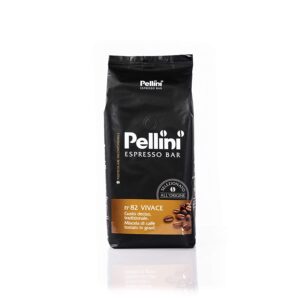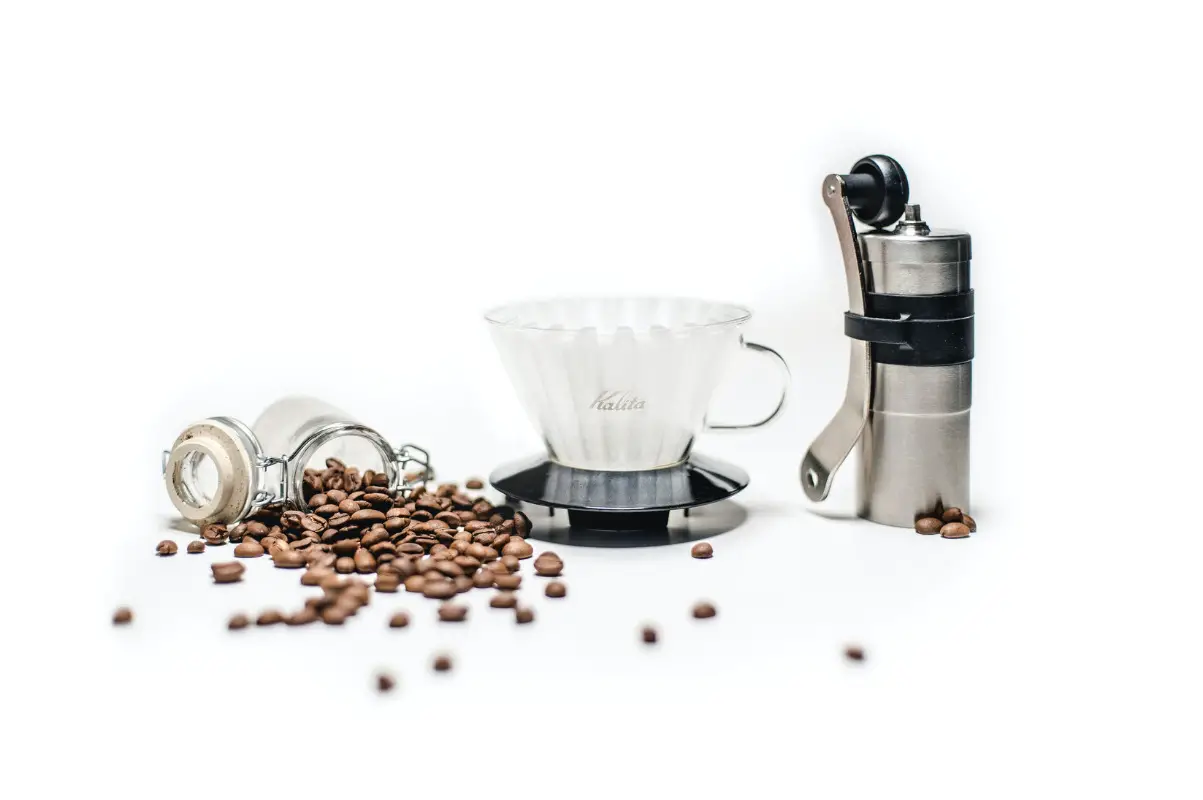
Making fresh coffee at home starts with grinding coffee beans, but did you know, the grind size of the bean makes a significant difference in the taste and quality of the cup?
How fine should your grind be? Believe it or not, each brewing method requires a different grind size.
Ranging from extra-fine to extra-course, using the appropriate grind will result in better quality coffee. I have both a burr and a blade coffee grinder at home. If you’re serious about your coffee I suggest dishing out a couple of bucks for each one.
If you’re buying ‘fresh beans’ you should be familiar with one type of coffee grinder or another. Either way, it’s is a necessity for all coffee enthusiasts.
Here is an easy-to-read chart matching up the most popular brewing methods to their best coffee grind size.
Scroll down the page to see an image of how each grind should look like.
| BREWING METHOD | GRIND SIZE |
| Turkish Coffee | Extra Fine |
| Espresso, Moka Pot, Aeropress |
Fine |
| Pour-Over, AeroPress | Medium-Fine |
| Pour-Over, Automatic Drip, Siphon, Aeropress |
Medium |
| Chemex, Clever Dripper | Medium-Coarse |
| French Press, Perculator, Coffee Cupping |
Coarse |
| Cold Brew | Extra Coarse |
Let’s match the most appropriate grind size with your favorite brewing method.
Extra Coarse Grind
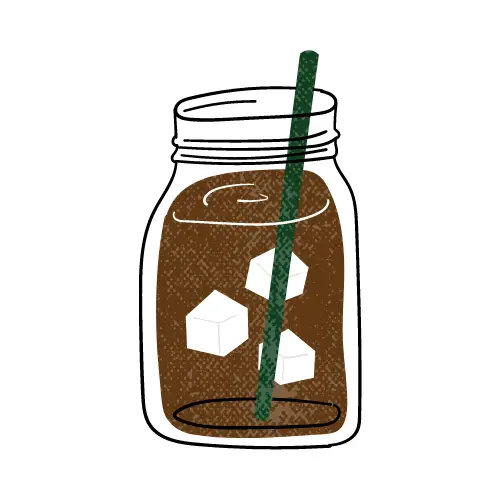
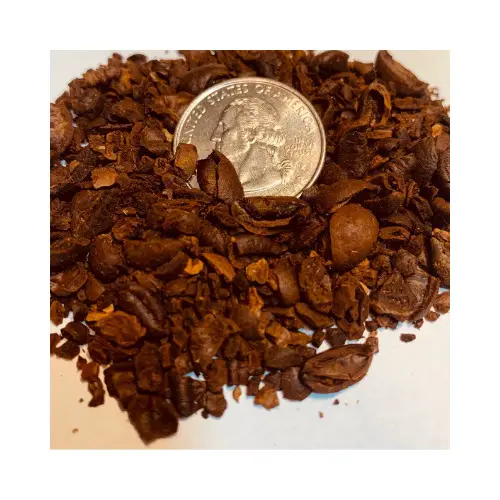
Ideal for:
- Cold Brew
- Cowboy Coffee
Cold-brew, a popular summertime drink usually bought in stores or coffee shops. When made at home, it’s best to brew your cold coffee with an extra-coarse grind.
Leave the beans extra-coarse because the brewing method won’t require much surface area to fully extract the flavor from the grounds. Since steeping your cold brew can take up to 20 hours there’s no reason to grind your beans very much at all.
Grinding the beans too fine will make the coffee bitter. You may also get stuck having to strain the coffee to get all the little particles out. No fun there. An extra-coarse grind is what you want for cold brew coffee.
Coarse Grind
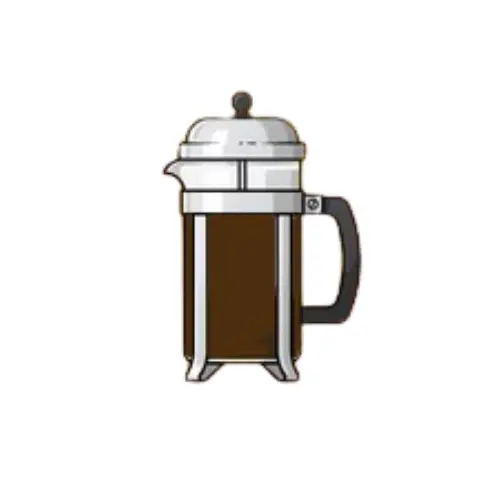
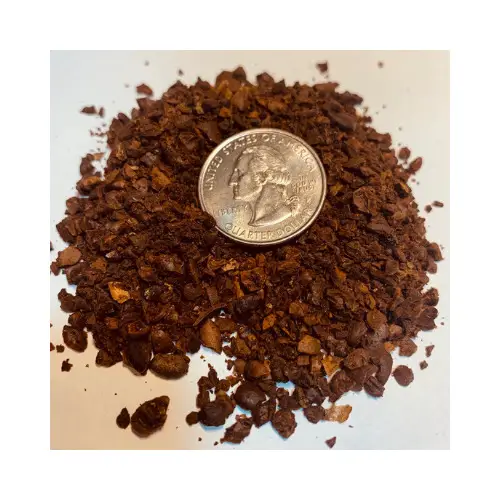
Ideal for:
- French Press
- Percolator
Many coffee enthusiasts agree a French press makes the best-tasting coffee. Trust me we don’t agree on a lot. If you aren’t using a coarse grind in your French press, you aren’t using it correctly.
To get the most out of your French Press, you want to use coffee ground coarsely. That’s because the flavor extraction process needs maximum water surface area to be fully effective. This also enables better carbon dioxide release from the coffee grounds during steeping, enhancing the flavor of the finished brew.
Also, the coarse grind will filter better when pulling the grounds up and out before drinking your coffee.
Medium-Coarse Grind
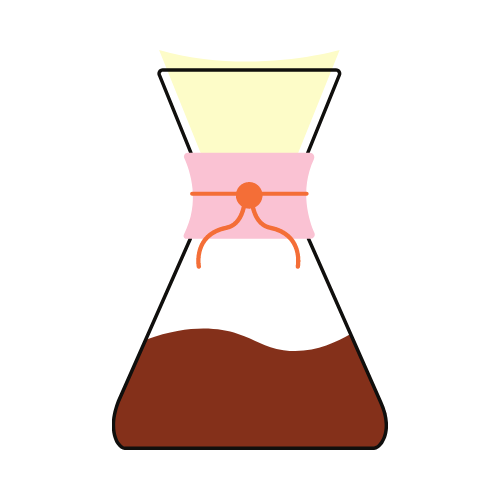
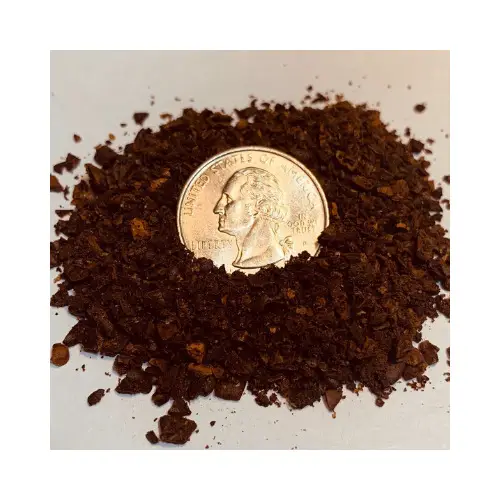
Ideal for:
- Chemex
- Clever Dripper
When using a Chemex your best option is a medium-coarse grind to balance extraction and brew time. Since this brewing method uses a filter leaving the grounds a little rockier can result in a better flavor.
The key to using a Chemex is keeping the flow rate of your brew steady, best achieved with a medium-coarse grind. Aim for roughly three and a half to four and a half minutes of brewing time for optimum flavor.
If it’s taking less time to brew a ‘cup of joe’ with your Chemex try to grind your coffee just a tad more. On the other hand, if you’re waiting longer, make the grind a little finer.
Medium Grind
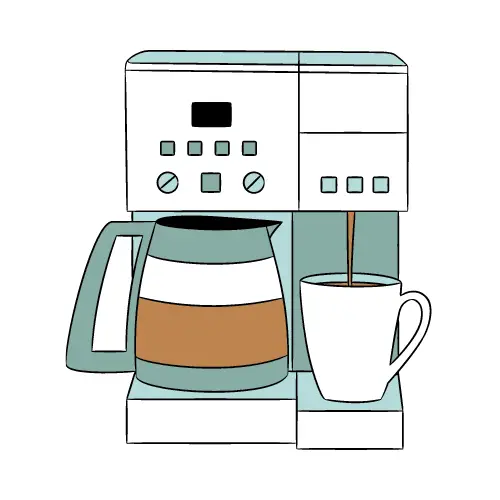
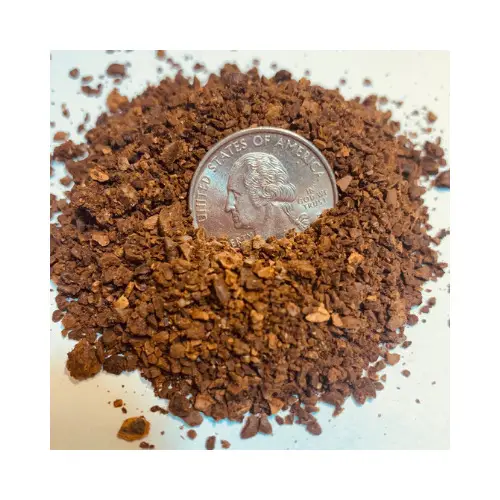
Ideal for:
- Drip Coffee Makers
- Siphon
Since most automatic drip coffee machines make generic coffee it’s no surprise they almost always use a medium grind.
Found in almost all households an automatic drip machine, also known as a coffee maker, offers convenient and quick solutions to coffee brewing. Hence its popularity. Using the correct grind size gives you a chance at tasting the coffee bean’s full potential.
If your coffee maker is equipped with a flat-bottom filter, I suggest using a medium grind. Alternatively, for optimum flavor when using cone-shaped filters, I recommend a medium-fine grind.
Medium-Fine Grind

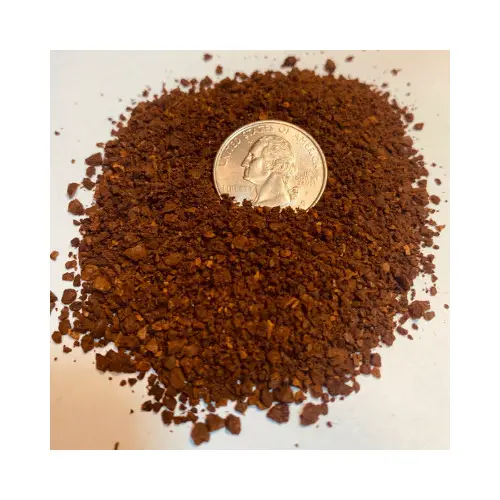
Ideal for:
- Pour-over
- AeroPress
Real coffee lovers who enjoy the brewing process of a pour-over coffee maker use a medium-fine grind.
A couple of things to know about the grind size of a pour-over coffee maker; the grind size will affect the coffee flavor as well as how long it takes for you to get your cup ready.
When using a cone-shaped brewing pot being with a medium-fine grind and see how the coffee tastes. If the coffee you’re making is too bitter work with a coarser grind but if you’re finding it too sour, grind the coffee a bit finer.
Fine Grind
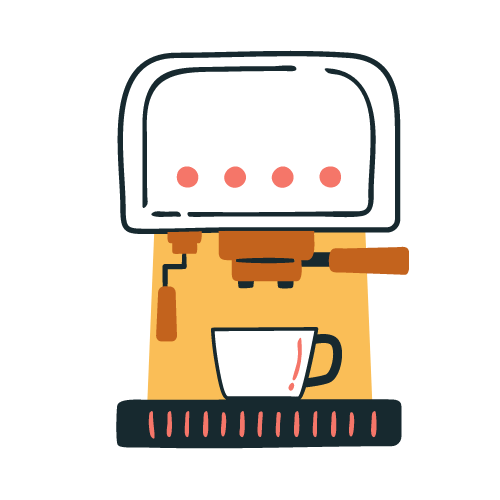
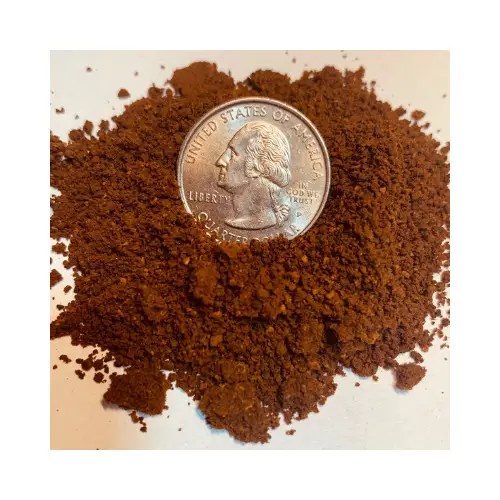
Ideal for:
- Espresso
- Moka Pot
If you’re like me and enjoy the regular shot of espresso make sure you make it using a fine grind. A good point of reference is table salt. Your fine grind should be just a tad finer than that.
Using a fine grind for espresso allows the water to extract the concentrated essence of coffee you are looking for. Weather pressed through an espresso machine or brewed using a Moka pot, a fine grind will yield the best results.
Are you familiar with the first family of coffee? Take a look at this breakdown of all the different types of coffee you can make using an espresso.
Extra-Fine Grind
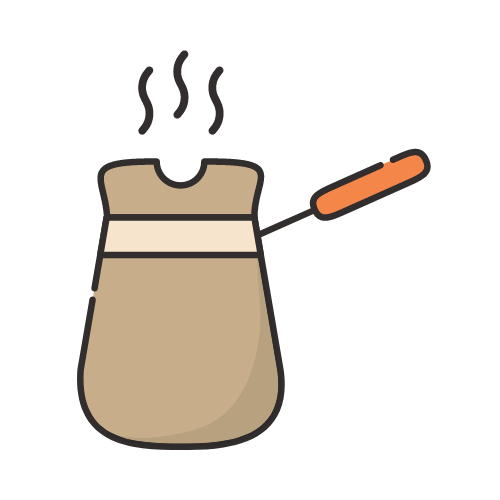
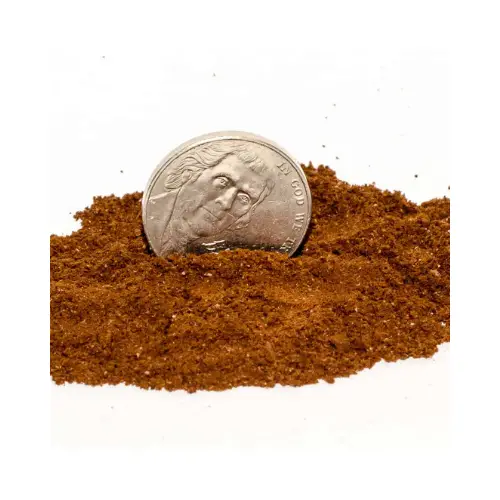
Ideal for:
- Turkish Coffee
Not many grind sizes will work in the ibrik, I recommend using an extra-fine grind. In fact, the finest grind possible. Aim for coffee grind similar to flower in texture.
Experimenting with different grind sizes can result in a variety of coffee intensity and flavors. The finer the grind, the richer your flavor will be.
If you use this method to brew your java you should be using special grinding equipment. The average coffee grinder cant cut the beans up this fine.
The versatility of the AeroPress
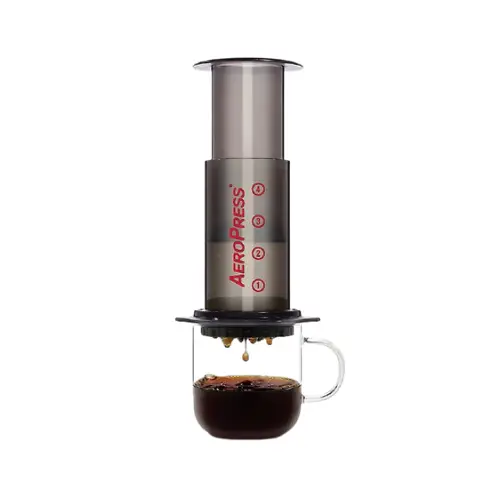

Although a number of different grinds from fine to medium can work well in the AeroPress, I recommend using a fine grind. Aim for coffee grind slightly finer than sea salt.
Experimenting with different grind sizes can result in a variety of coffee intensity and flavors. The finer the grind, the richer your flavor will be. But be careful, if the grind is too fine it can make it difficult to push the water through the AeroPress.
When attempting to brew coffee imitating the taste and boldness of the French press, try using a slightly coarser grind.
Related Questions
What Do Coffee Grinder Numbers Mean?
Some coffee grinders will have two burrs on top of each other. These burrs shred coffee beans to speed up the coffee brewing process. The number on a coffee grinder often referred to the distance between the burrs in millimeters. With one being the smallest.
Does Grinding Coffee Finer Make It Stronger?
Although coffee might taste “stronger” when brewed with a finer grind. That’s because it will be harsher and more concentrated. In reality, Finder grounds do not make the coffee stronger but in most cases, they speed up the brewing process.
Can I Grind Coffee Without a Coffee Grinder?
People like to get creative when their coffee grinder breaks down. I’ve seen the coffee ground in blenders and food processors. I’ve also had the pleasure of grinding coffee using a hammer and a mortar and pestle on separate occasions.
I’ve always seen coffee as a way of bringing people together. Everywhere I go people seem to enjoy a fresh cup of coffee and that’s what drives my passion. There’s always a new brew to master, and there’s always a new face to enjoy it with. Hitch a ride with me on a coffee-fueled adventure to find a perfect cup.


